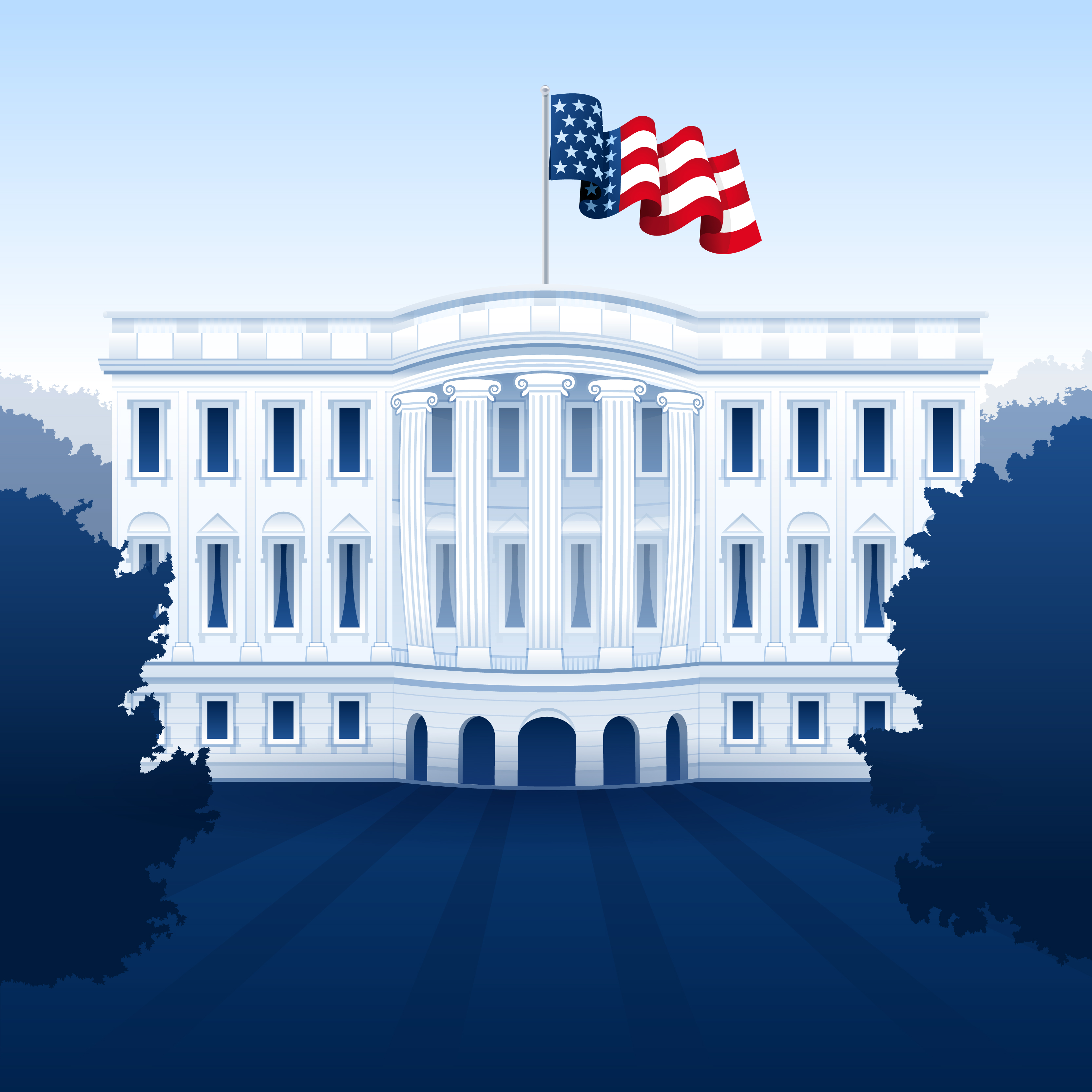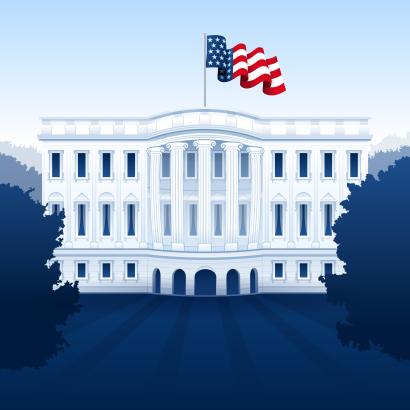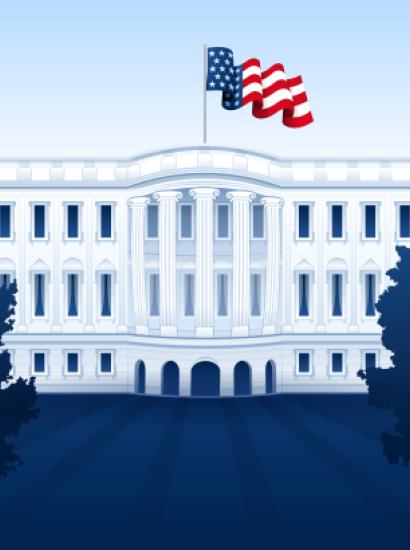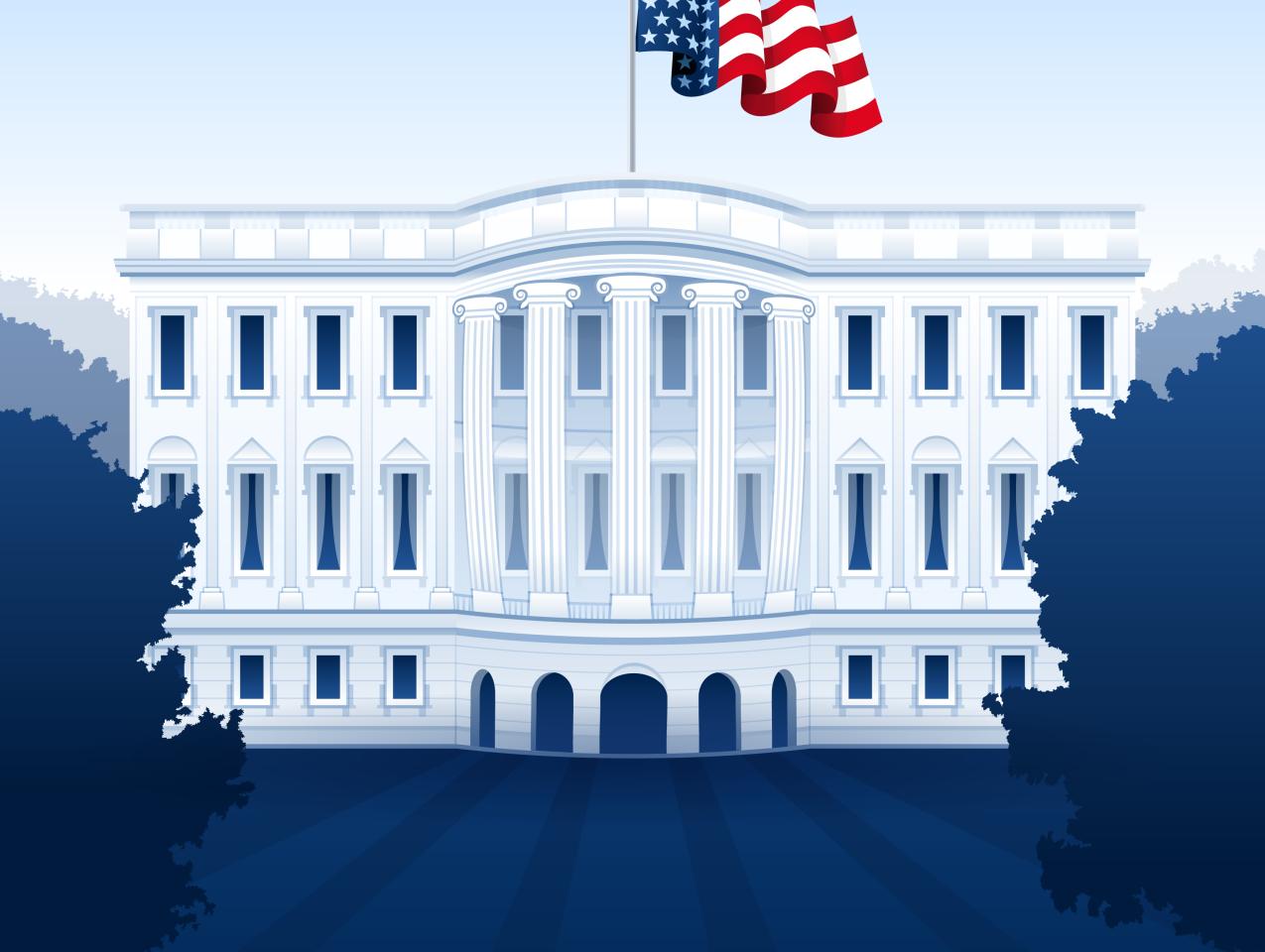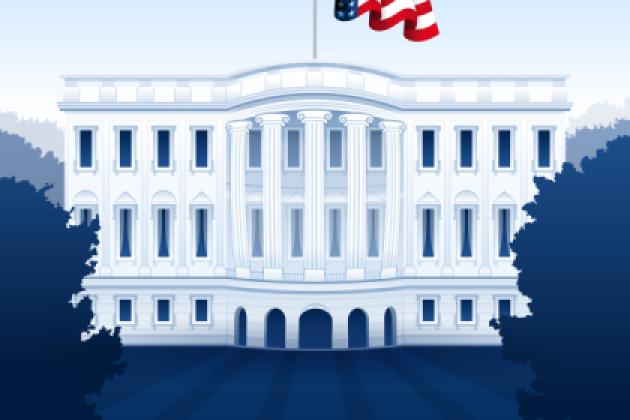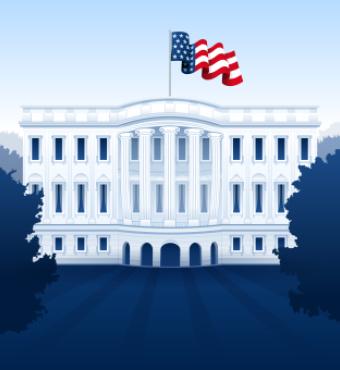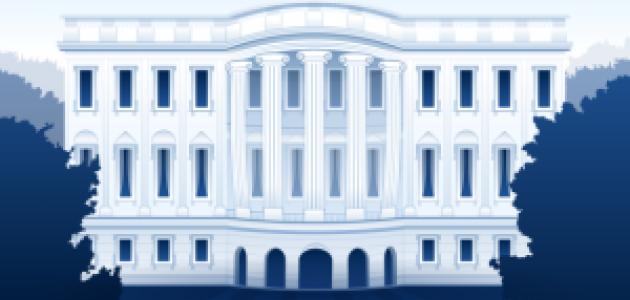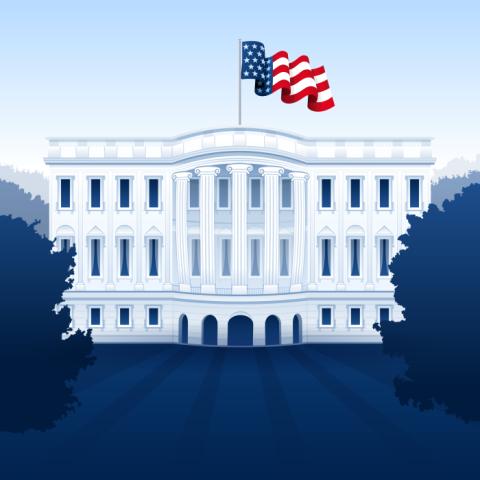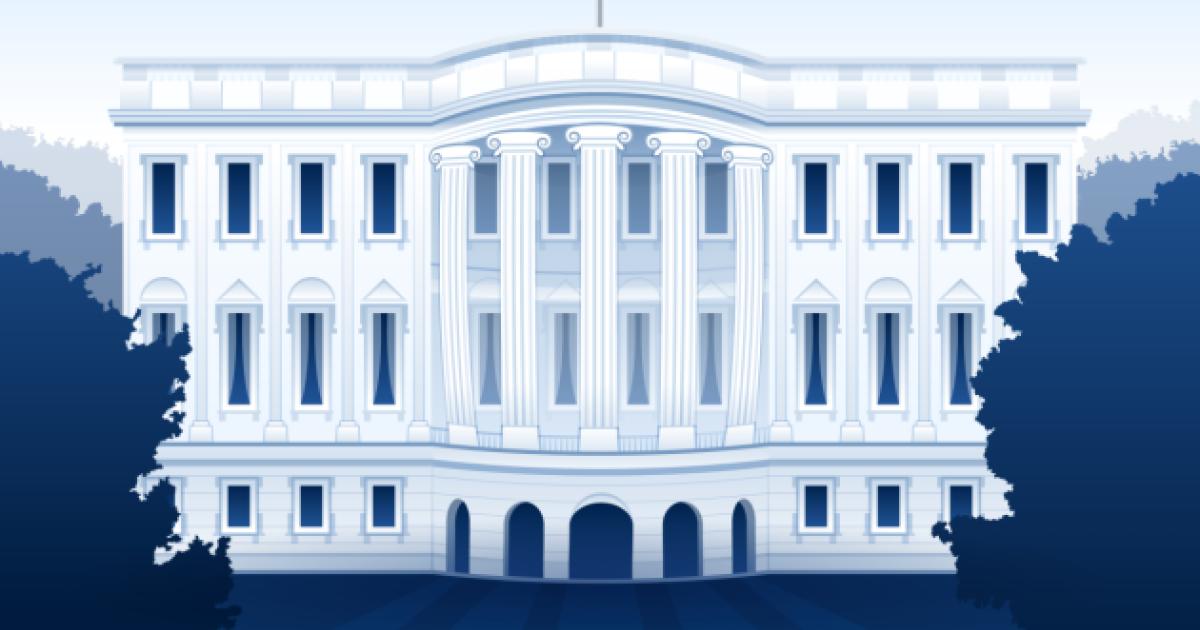- Politics, Institutions, and Public Opinion
- Campaigns & Elections
- State & Local
- California
California governor Gavin Newsom is winding up his first 100 days as governor. This is of course way too soon for him to be thinking of higher political office. Or is it? Last week, Newsom solicited new campaign contributions, motivated by his “bold and unprecedented actions” during his first three months in office.
But a closer look at Newsom’s efforts indicate that they will not do much to improve the lives of Californians. And if his current itinerary and interests are any indication, Newsom appears to be more interested in performing on the national stage and prepping for the 2024 presidential election, than solving California’s problems.
Newsom’s primary effort in his first 100 days was signing an executive order that creates the largest single purchaser of prescription drugs in the country. Newsom and his advisers argue that this will significantly reduce drug prices in California. It almost certainly will not do this. Previous efforts by states to create large purchasing agencies have not lowered prescription drug costs, and Newsom’s executive order is similar to these previous efforts. The state is already a large player in buying prescription drugs for roughly 2 million Medi-Cal beneficiaries. While there may be economies of scale in buying prescription drugs, there is no reason to think that any of those efficiencies remain for a buyer already representing 2 million beneficiaries.
The only way Newsom’s plan could significantly reduce prescription drug costs is by increasing the state’s bargaining power in negotiating with pharmaceutical producers. But the state can’t credibly play hard ball with big pharma and threaten to stop purchasing expensive drugs, because federal law requires that Medi-Cal cover any drug that a doctor says is required for a patient. The major pharmaceutical companies know this as well as anyone.
Newsom’s executive order also will prohibit private insurers, such as Blue Shield and Blue Cross, who cover the majority of Medi-Cal patients, from negotiating drug prices on their own. If you are skeptical that a government bureaucracy will generate more cost savings than a for-profit, experienced insurer, then you are not alone.
Newsom’s other major effort in his first 100 days has been to file lawsuits against California cities that the state’s housing agency believes are not building enough housing. But an important reason that cities are not building enough housing is the variety of regulations—including the gross misuse of the California Environmental Quality Act, which is used to file lawsuits against housing developments—that drive up construction costs and substantially delay projects. Newsom’s lawsuits do nothing to address the state’s high building costs or streamline the permit process for development.
So where is the next stop for Newsom? El Salvador. Yes, El Salvador. Why, you may ask? The advertised answer is that this it a “fact-finding mission” to find out the “root cause” of why people from Central America are attempting to migrate in great numbers to the United States. But there is no puzzle why people are trying to move to the United States. There is no deep answer that requires a trip to El Salvador to uncover. People migrate for the same reasons as they have done for centuries: For a better life. For better economic opportunities. To live in a strong and legitimate democracy that protects individual and civil rights.
Newsom is traveling to El Salvador because it fits squarely with his agenda of being the most vocal opponent of Trump’s immigration policies among all governors. It allows him to play on the national stage on a federal policy issue that is beyond the purview of any governor. Yet the fact that Newsom can do nothing about immigration policy doesn’t prevent him from making enormous political hay on this issue. In announcing his trip, Newsom remarked, “It’s my role and responsibility as governor to exercise California’s moral authority on immigration.”
Newsom’s trip has one important purpose—to advance Newsom’s goal of becoming a nationally prominent Democrat and to help establish his interest and efforts on an issue that Republicans are vulnerable on, particularly among Latino voters. As a Trump re-election is looking more likely in 2020, Newsom may be very strategically setting his sights on the 2024 presidential election. Stay tuned.







